The Philippine Fleet (PF) showcased its modern naval capabilities in a series of warfare simulations conducted in the waters off Mindoro Strait, Zambales, and Bataan, as part of its unilateral exercise held last week.
The Sea Phase of the exercise saw the participation of capital ships and systems, including frigates BRP Jose Rizal (FF150) and BRP Antonio Luna (FF151), as well as patrol ships BRP Ramon Alcaraz (PS16) and BRP Andres Bonifacio (PS17).
The vessels rendezvoused in the designated area to execute tactical maneuvers, formations, and communications exchanges, followed by anti-air warfare exercises with simulated missile firing featuring the assets of the Naval Air Wing.
The proximity of the exercise to Mindoro Island displays the importance of Mindoro province in the country’s maritime defense strategy.
The Mindoro Strait, which separates the island of Mindoro from the island of Luzon, is a critical waterway that connects the South China Sea to the Sulu Sea.
According to PF spokesperson Lt. Giovanni Badidles, the exercise aimed to enhance the operational readiness, promote interoperability, and encourage tactical innovation among major surface platforms.
“This kind of naval exercise between ships is a cornerstone of modern maritime strategy, reflecting the complexity and dynamism of naval operations,” he said.
The exercise also featured live gun firing exercises, with the 76mm gun of FF151 and the Mk38 25mm Bushmaster guns of PS16 and PS17 being tested.
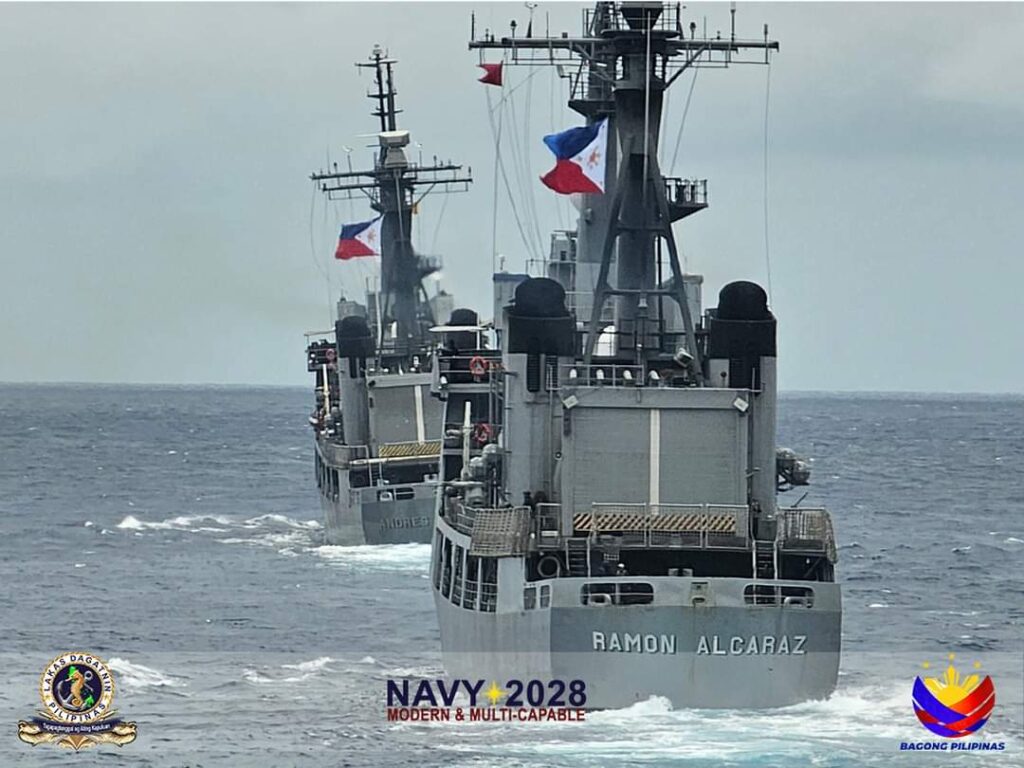
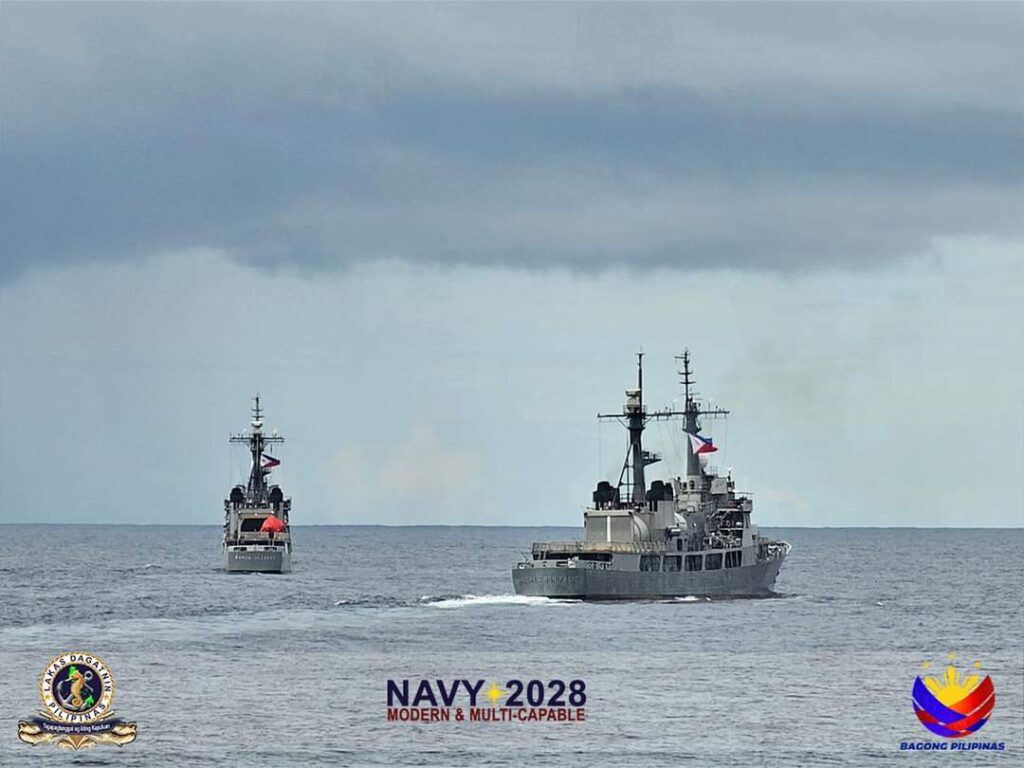
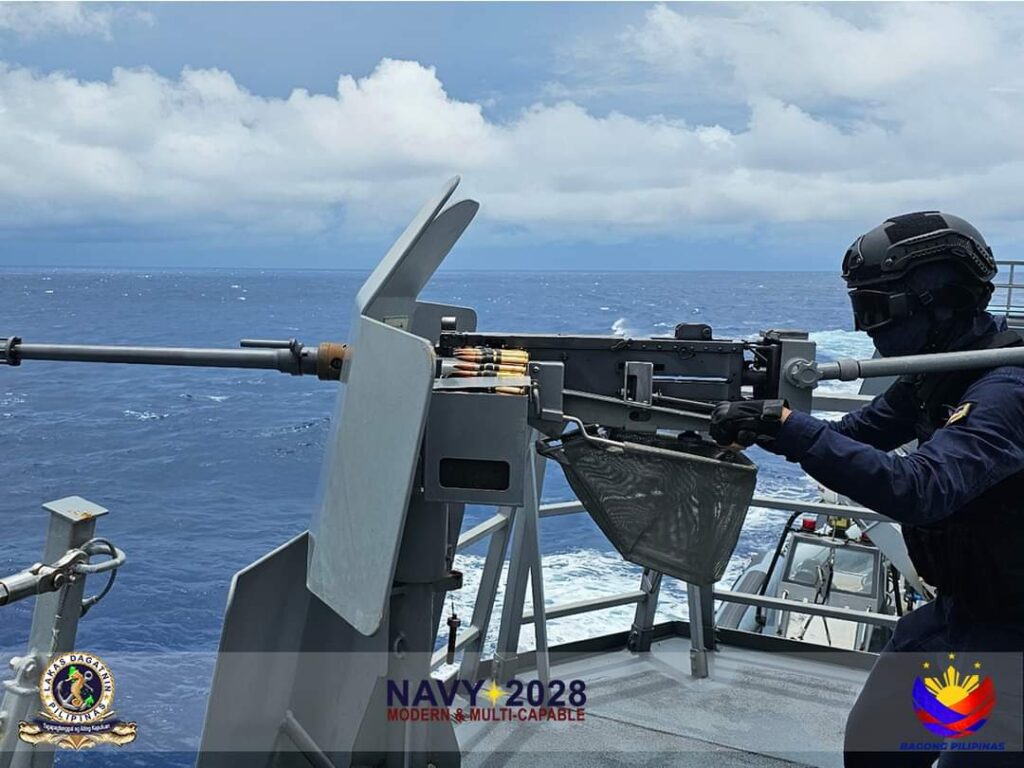
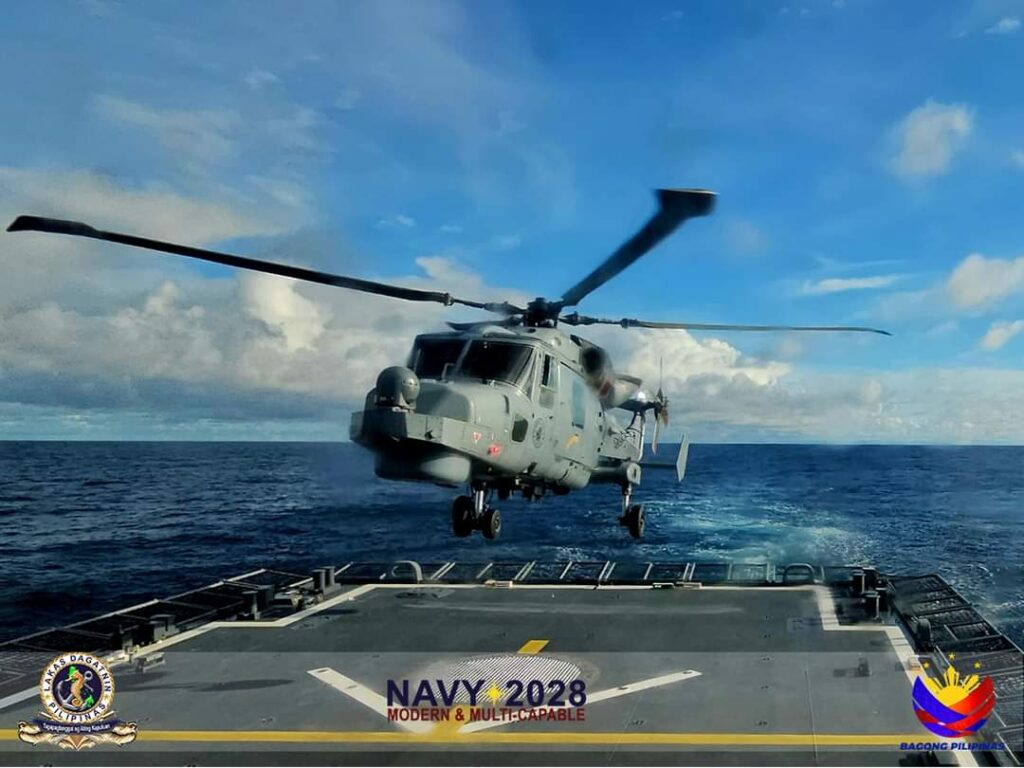
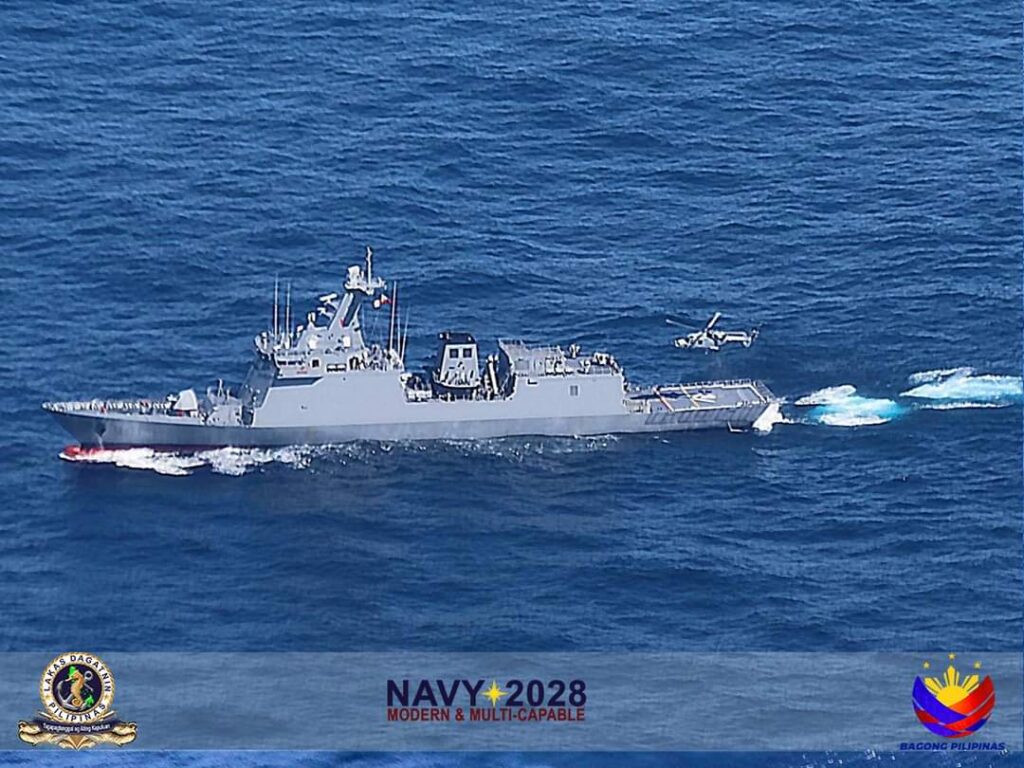
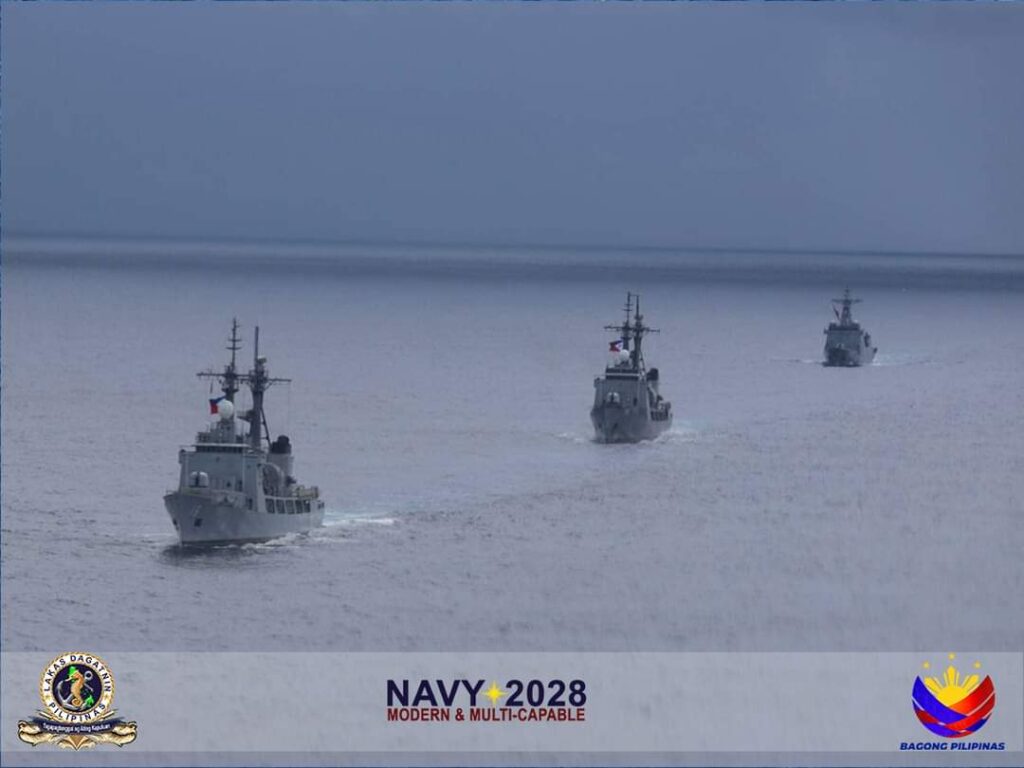
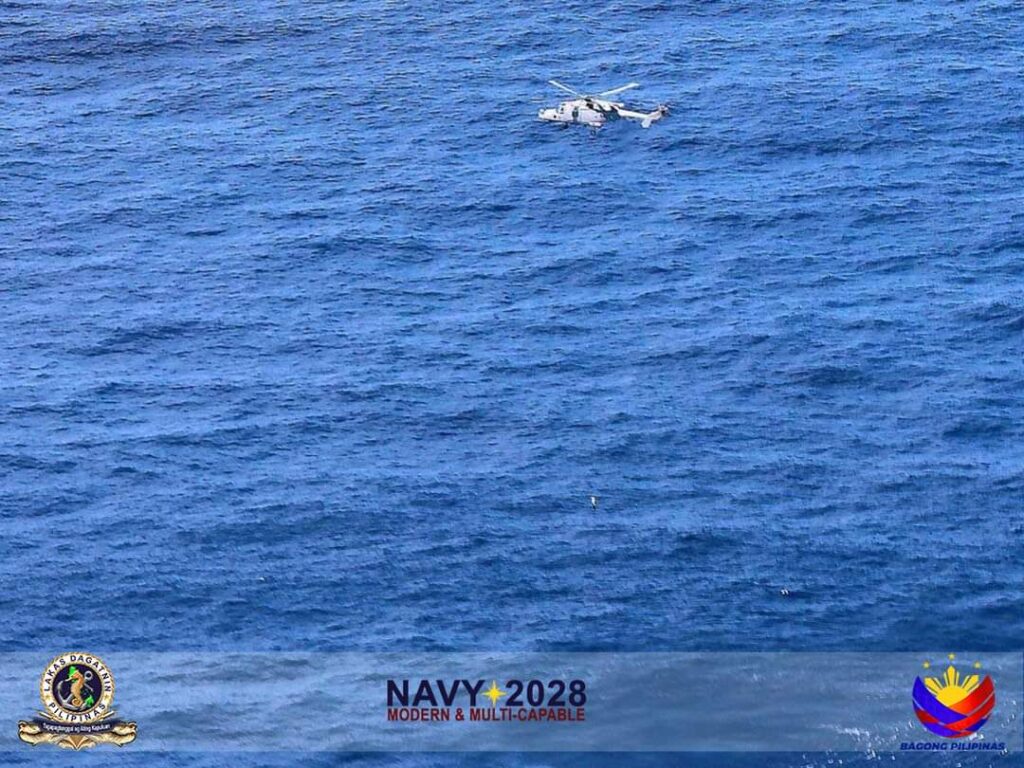
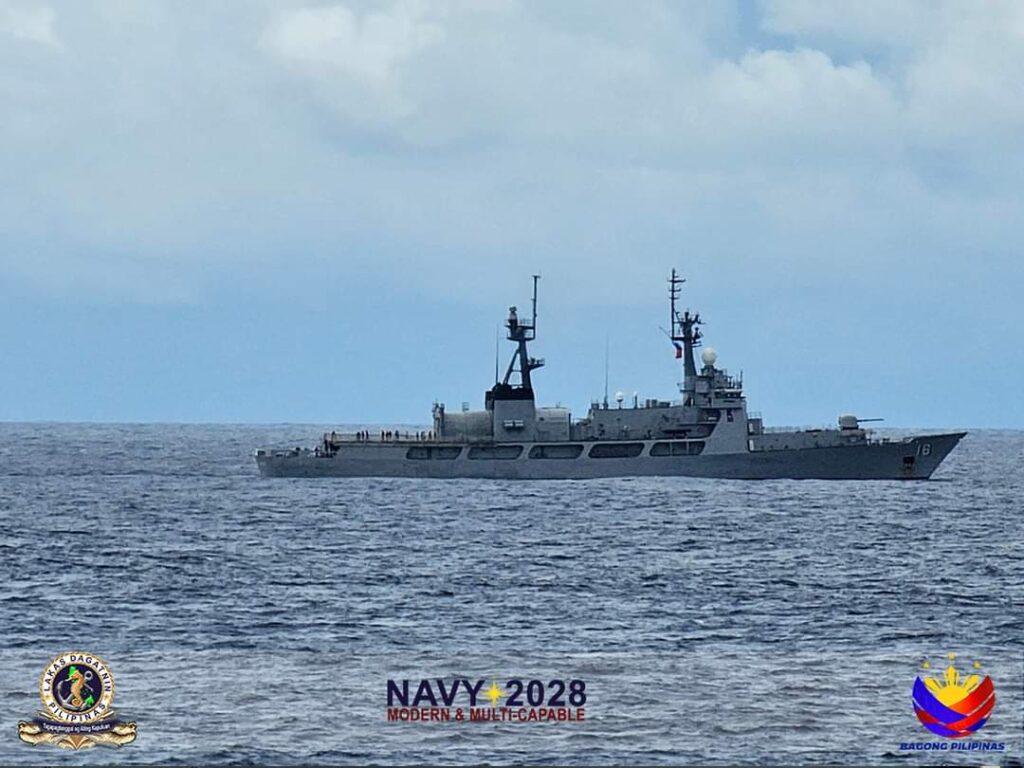
The PS16 also took the opportunity to test fire its Super Rapid Blooming Offboard Chaff (SRBOC) system, intended to defend the ship against missile attack.
At night, the group conducted Night Steaming in Company (NSIC) while patrolling in tactical formation, and performed Emission Control Exercise to detect and identify electromagnetic transmissions to build a recognized maritime picture, highlighting all the platforms’ capability in Electronic Warfare.
On the second day, the Surface Action Group simulated Anti-Submarine Warfare Scenario with the NV395 as Maritime Patrol Aircraft and the AW159 Anti-Submarine Warfare Helicopter (NH441) utilizing its onboard dipping sonar to assist in locating and neutralizing the mock submarine target.
Representatives from the Fleet Operational Readiness Training Evaluation Group and the Naval Inspector General served as the umpires and evaluators of the exercise.
The exercise was part of the Philippine Navy’s strategic programs to maintain its readiness and adaptability in response to emerging maritime security challenges, particularly in dealing with the West Philippine Sea troubles.
The Philippine Fleet’s unilateral exercise is a strategic event in the country’s maritime defense calendar, and the participation of its modern capital ships and systems exhibits the Navy’s commitment to securing the Philippine sovereignty and contributing to Asia-Pacific peace.
Photo Credits: Philippine Navy via Philippine Fleet Page


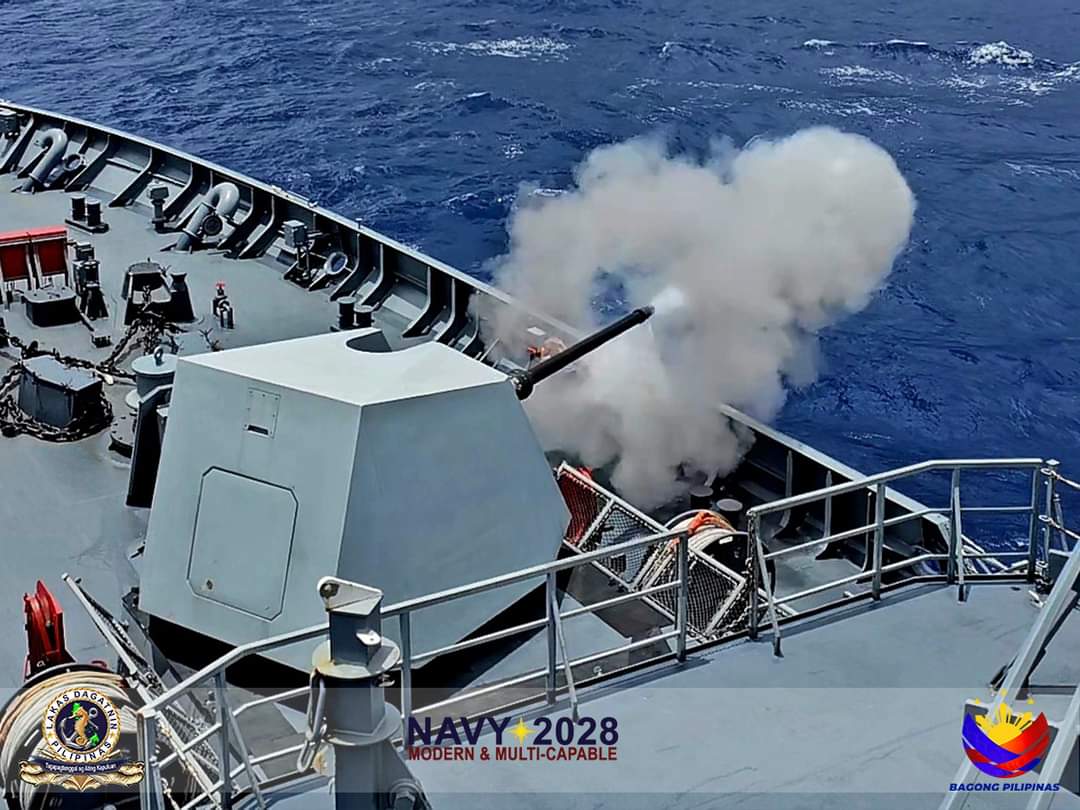

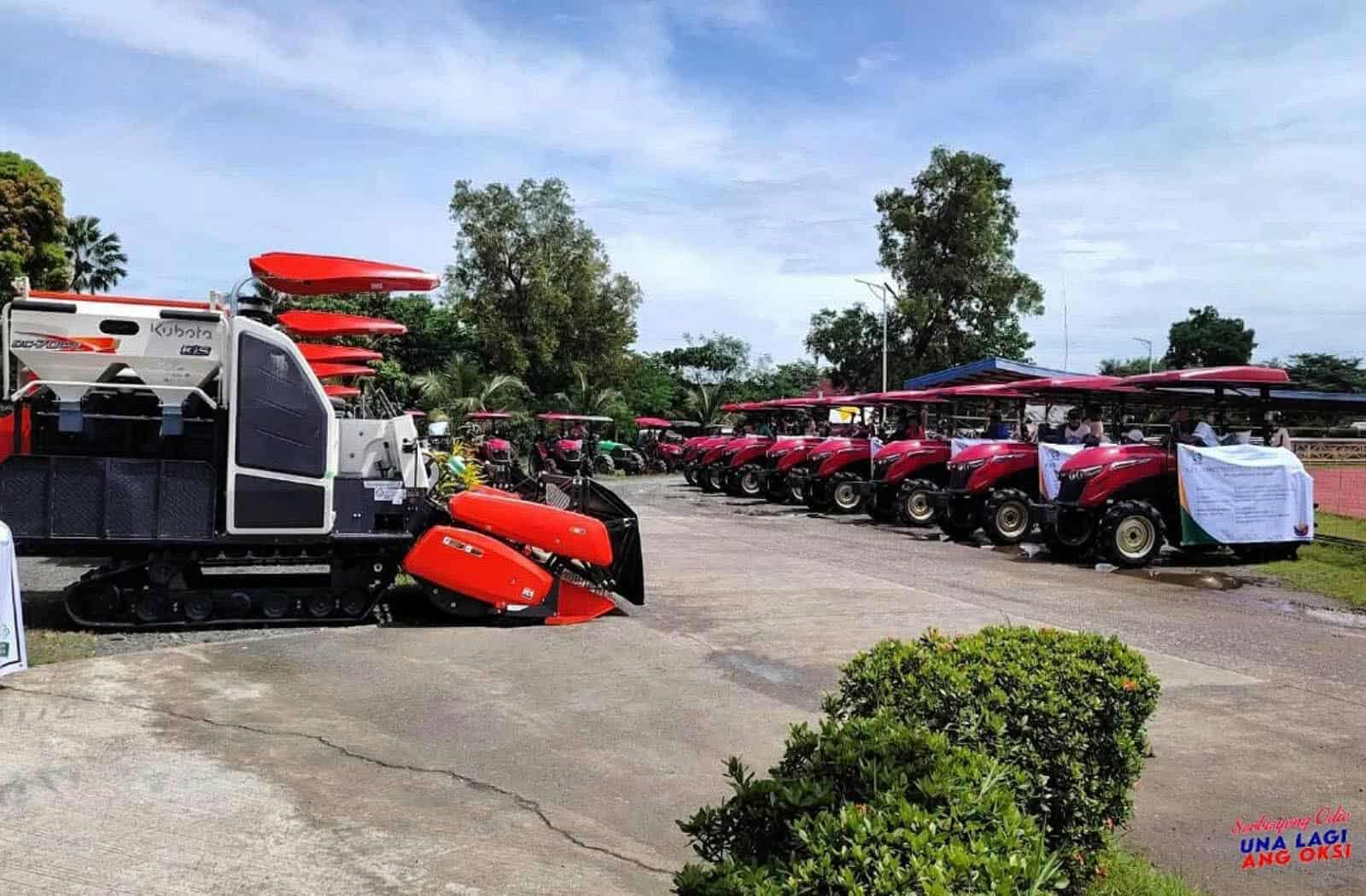




Write Your Comment